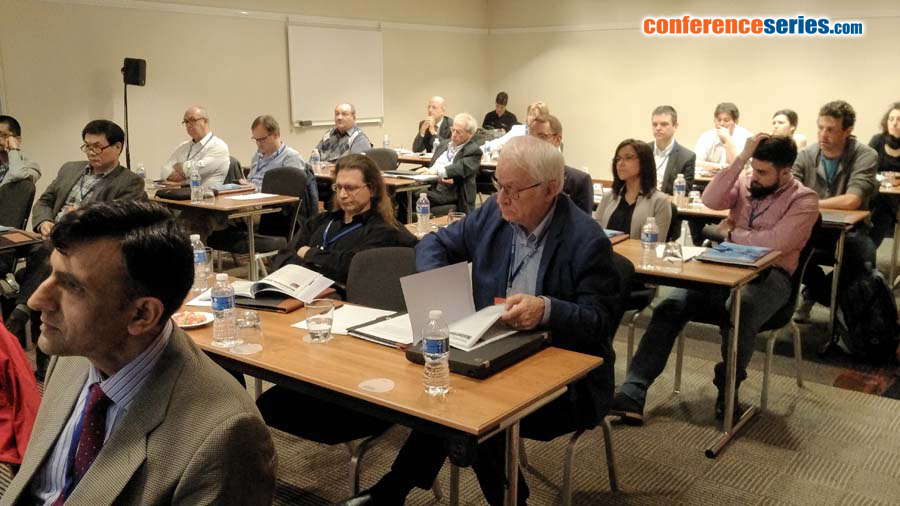
Emre Aytan
Marmara University Institute of Science, Turkey
Title: Synthesis and characterization of high performance polyimide nanofibers and application on lithium-ion batteries
Biography
Biography: Emre Aytan
Abstract
Synthesis and characterization of high performance polyimide nanofibers and application on lithium-ion batteries: Polyimide (PI), as one of high-performance engineering polymers, has been widely applied in many advanced technology fields due to their great thermal stability, remarkable mechanical properties, low dielectric constants and inertness to solvent and radiation resistance. Therefore, electrospun PI nanofiber membranes with diverse molecular structures, controllable fiber diameters and membrane thicknesses have been intensively investigated to obtain high-performance and multifunctional composite fiber membranes. Additionally, it shows good affinity with gel electrolytes which contain plasticizing solvents like ethylene and ethyl methyl carbonate. Thus, these solvents can be strongly combined within the polymer chains in network that can largely enhance the electrolyte retention of PI-based battery electrolytes. In this work; a new highly ion conductive plasticized PI-reinforced UV-cured electrolyte membrane has been synthesized. Oxi-4,4'-dianiline (ODA) and 3,3',4,4'-benzophenonetetracarboxylic dianhydride (BTDA) based polyimide fibers were fabricated via electrospinning method and then UV cured with Bisphenol A Ethoxylate Dimethacrylate (BEMA), poly (ethylene glycol) methyl ether methacrylate (PEGMA) and 3-(methacryloyloxy) propyltrimethoxysilane (MEMO) containing formulations. In order to measure electrochemical stability and ionic conductivity for Li batteries, UV cured films doped with lithium hexafluorophosphate (LiPF6). The structural and electrochemical properties of the electrolytes thus obtained were systematically examined by a variety of methods including FTIR, TGA, DSC, EIS, LSV and SEM measurements.




